WILD ANIMALS AS TOURIST ATTRACTION
Tourism, as one of the most important branches of the economy and a very significant instance of the economic well-being of the largest number of modern countries in the world, is considered to be one of the most beautiful parts of human life. Traveling, excursions and vacations represent one of the best ways to escape busy, everyday life of many people around the world, so it is clear why most of us can't wait for the opportunity to travel to a place we haven't been to yet. In recent years, a relatively large number of travel agencies have recognized people's desire and need to travel, which is why today we can come across a very wide and diverse range of travel arrangements and offers, which are only one click or call away.
With the development of tourism and constant increase in travel itself, there was a possible question about its sustainability and the impact it have on the world in general. The more simple and increasingly frequent movement of people has led to numerous changes in terms of pollution, exploitation and even destruction of certain natural resources and habitats. Such trends are noticeable especially in less developed and poor countries that abound in natural beauty and rich flora and fauna, which is why, in order to make a profit, in a large number of cases they have turned to exploiting these resources for the purpose of tourism development. For several decades, tourism organizations have been exploiting animals in the tourism industry and actively encouraging tourists to take pictures with wild animals, ride them, play with them or interact with them in some other way, and to pay a certain price for that experience. All this has led people to detach from reality and forget the fact that these animals were stolen from their natural habitats to be bred in closed spaces, solely for entertainment and profit.
Exploitation of wild animals as a tourist attraction is mainly related to exotic and distant countries, such as Brazil, India, Indonesia, China, Morocco, Thailand, but also some that are closer and more accessible to us, such asEgypt and Tunisia. It implies the exploitation of animals that by their nature belong to the wild, so that tourists can take pictures with them or spend time with them in a certain way, all of course with the aim of individuals who engage in such activities profiting. The life of these animals is a depressing, vicious cycle of abuse and violence and neglect of their basic needs as living beings. Research conducted on this topic has shown that about 80% of places where wild animals are kept for tourist exploitation do not meet even the bare minimum, or basic needs of these animals.
Although it is impossible to determine the exact number, it is estimated that approximately 550,000 animals worldwide suffer from cruelty related to tourist attractions. These animals mostly spend their lives in cages, distanced or completely separated from other animals of their species, without proper veterinary care and without adequate nutrition that would be necessary for them. In addition, most of them are forced to participate in stressful and potentially dangerous activities every day, which include interacting with people and sometimes performing tricks.
Such activities are ultimately not only dangerous and negative for animals, but also endanger tourists who decide to interact with wild animals for fun, which is why injuries occur relatively often, and in some cases such interactions even end in death. Of course, a very large number of tourists who decide on such interactions are completely unaware of the life that these animals live, as well as the potential dangers involved in this kind of behavior. It is estimated that around 110 million people worldwide visit these cruel tourist attractions every year, most of whom are completely unaware of the suffering these animals go through.
What is a "unique opportunity" and short-term entertainment for the tourist, is actually the daily suffering of animals that are kept and bred as tourist attractions. Most of them are sick, exhausted, depressed or aggressive, and a large number of them also show stereotypical behaviors that are characteristic of animals in captivity. Such stereotyped behaviors are most often circular movements in cages or tanks, constant shaking of the head, as well as biting or digging into the gates or cages in which the animals are kept. In addition to stereotypical behavior, wild animals in captivity are often forced to learn certain movements in order to please tourists who come to see them, take pictures with them or spend a certain amount of time with them, which is completely unnatural for the animals subjected to this practice and inhumane. A large number of these animals are taken from their mothers when they are still cubs, after which they are subjected to terrible mental and physical abuse in order to obey their "trainers" and learn how to satisfy the demands and wishes of tourists.
These few tips can help you recognize and avoid the tourism wildlife exploitation in order to be a truly responsible and aware tourist:
avoid riding wild animals for fun, such as elephants or camels,
don't pay to have your picture taken with a wild animal,
avoid interacting and swimming with wild marine animals, such as dolphins, seals or orcas,
do not buy souvenirs made from wild animals, such as souvenirs made from bones, teeth, skin or other body parts,
take care whether your travel agency promotes and supports the abuse of wild animals,
take care whether certain shelters, parks or animal sanctuaries are really "wildlife friendly" or exploit wild animals for entertainment,
remember - wild animals belong in nature.
You can find out more about how to be a responsible and conscious tourist HERE.




